The EU’s Digital Decade envisages full 5G or 5G-equivalent coverage by 2030. This goal has been set to deliver digital equality and inclusion for all European citizens and businesses, no matter where they live or work. Effective spectrum policy can both help strong and sustainable economic growth and ensure full 5G for all European citizens and businesses by the end of the decade.
In order to make spectrum policy a lever for investment and growth, we urge regulators to consider the following regulatory actions.
1. License terms and awards procedures
Ensure long-term business certainty and alignment with investor timeframes with licence duration and establish a deadline for all Member States to assess renewals (in line with art. 50 EECC). Prevent distortive or inefficient awards for new spectrum through a strengthened review process for awards with a stronger role for the Commission to foster compliance with the EECC.
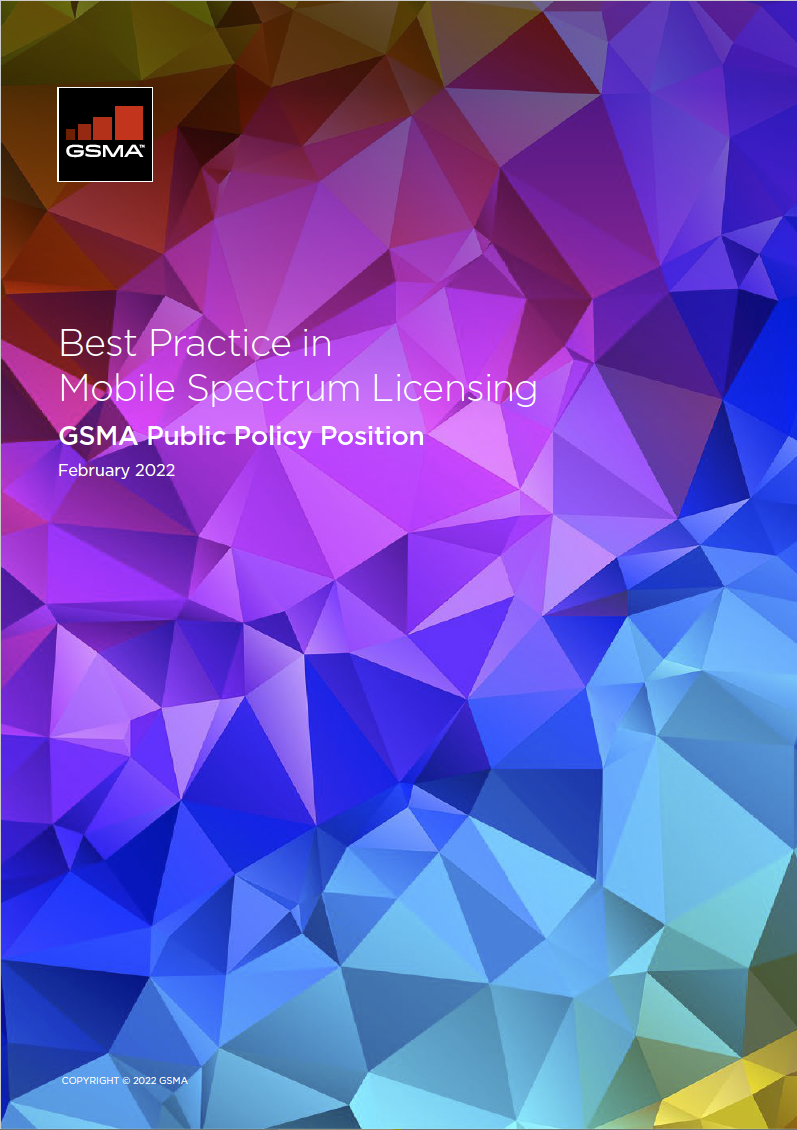
Spectrum licensing
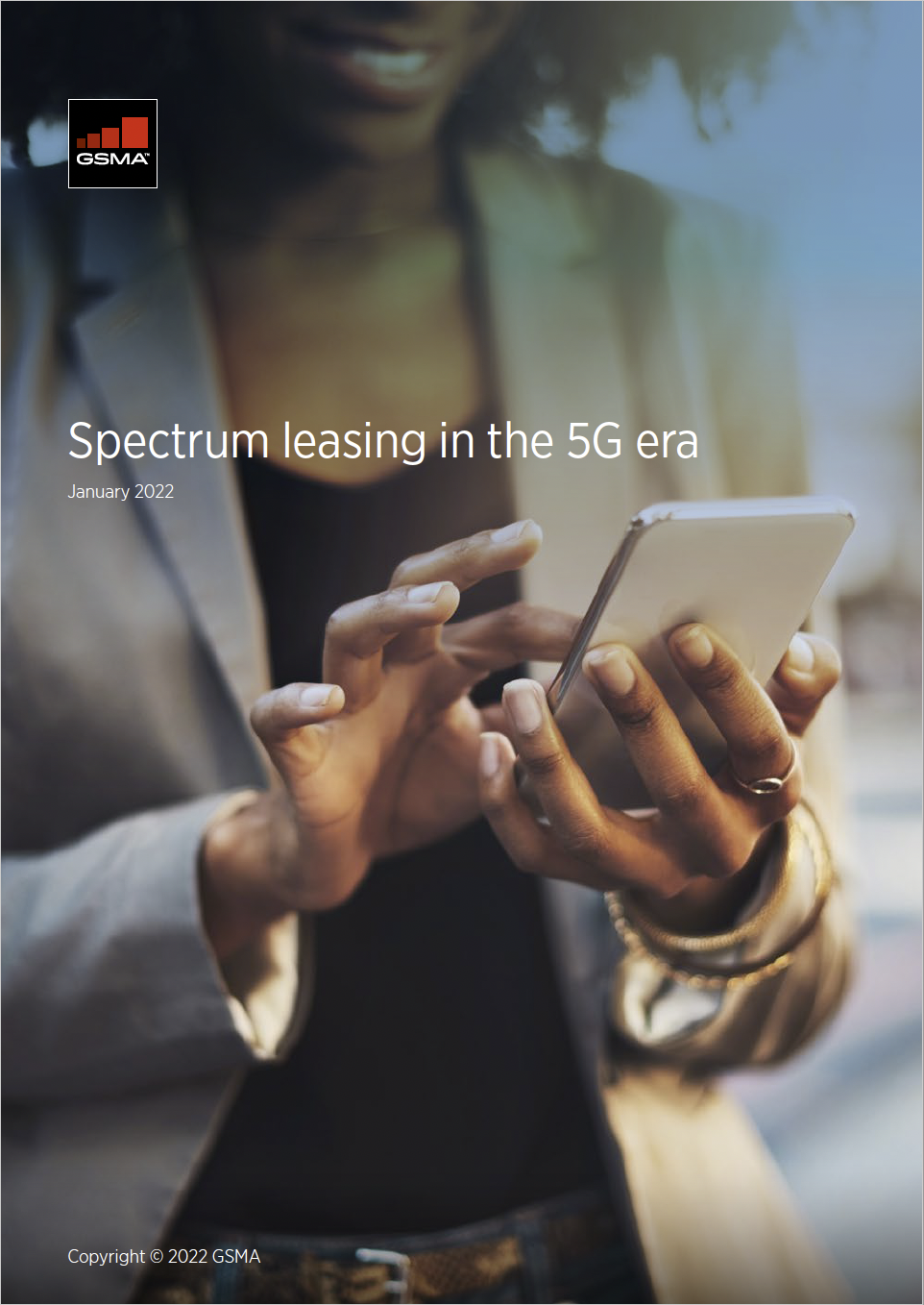
Spectrum leasing
2. Spectrum pricing and annual fees
Increase transparency through the collection of information from NRAs on spectrum fees. The creation of a public database would help make comparisons of the impact of spectrum prices more feasible.
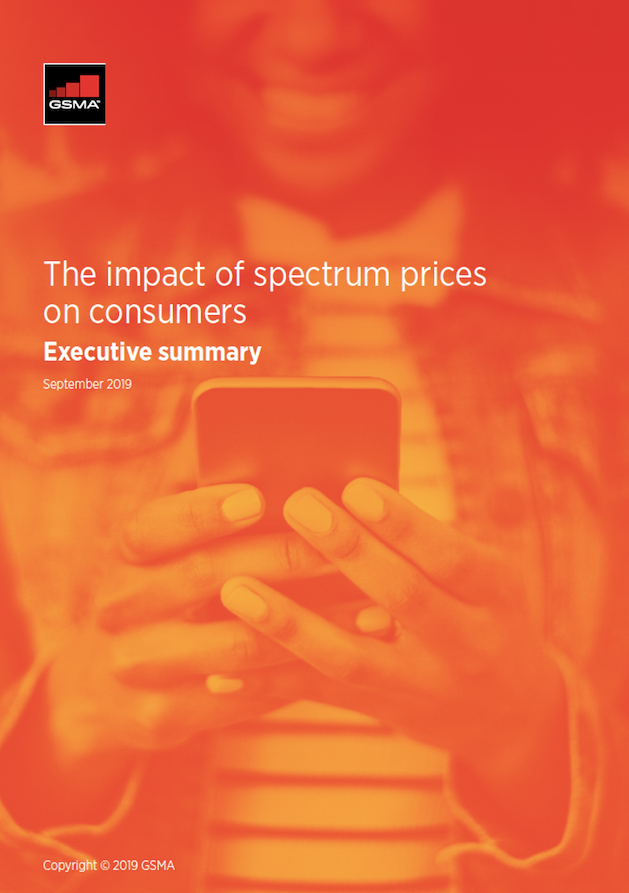
Spectrum pricing
3. Access to mid-band spectrum
Establishing a clear roadmap of increased spectrum capacity and expectation of additional supply of mid-band spectrum to support ongoing network expansion.
- 3.8-4.2 GHz: Signal a policy that is neutral at the assignment stage and flexible from a forward-looking perspective i.e. one that maps incumbent users and defines the least restrictive technical conditions as well as allowing for second wave licences without power restrictions once demand for local use is determined;
- 6 GHz: provide guidance to Member States on conducting a rigorous cost-benefit analysis of the different options for the band, ensuring that their value to end users and opportunity costs are properly accounted for.
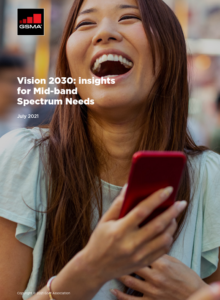
Mid-band spectrum needs
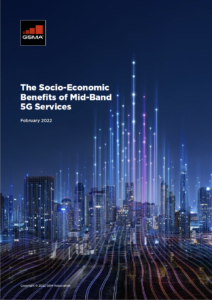
Socio-economic benefits of mid-band
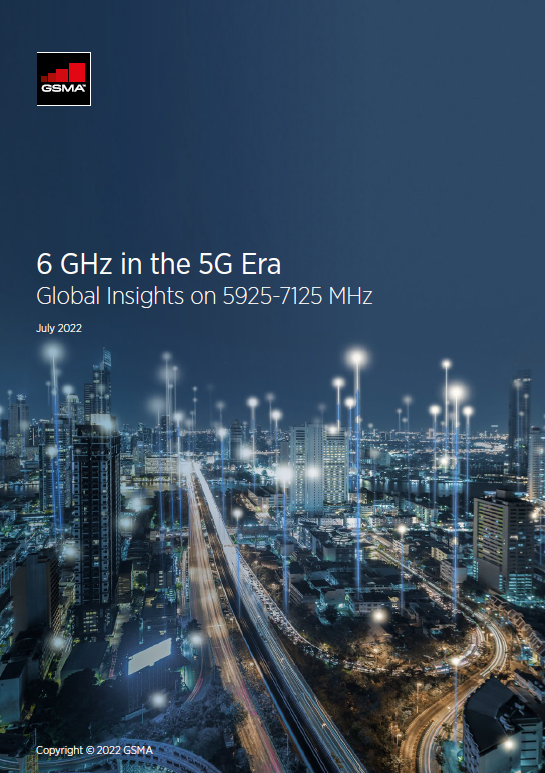
6 GHz in the 5G era
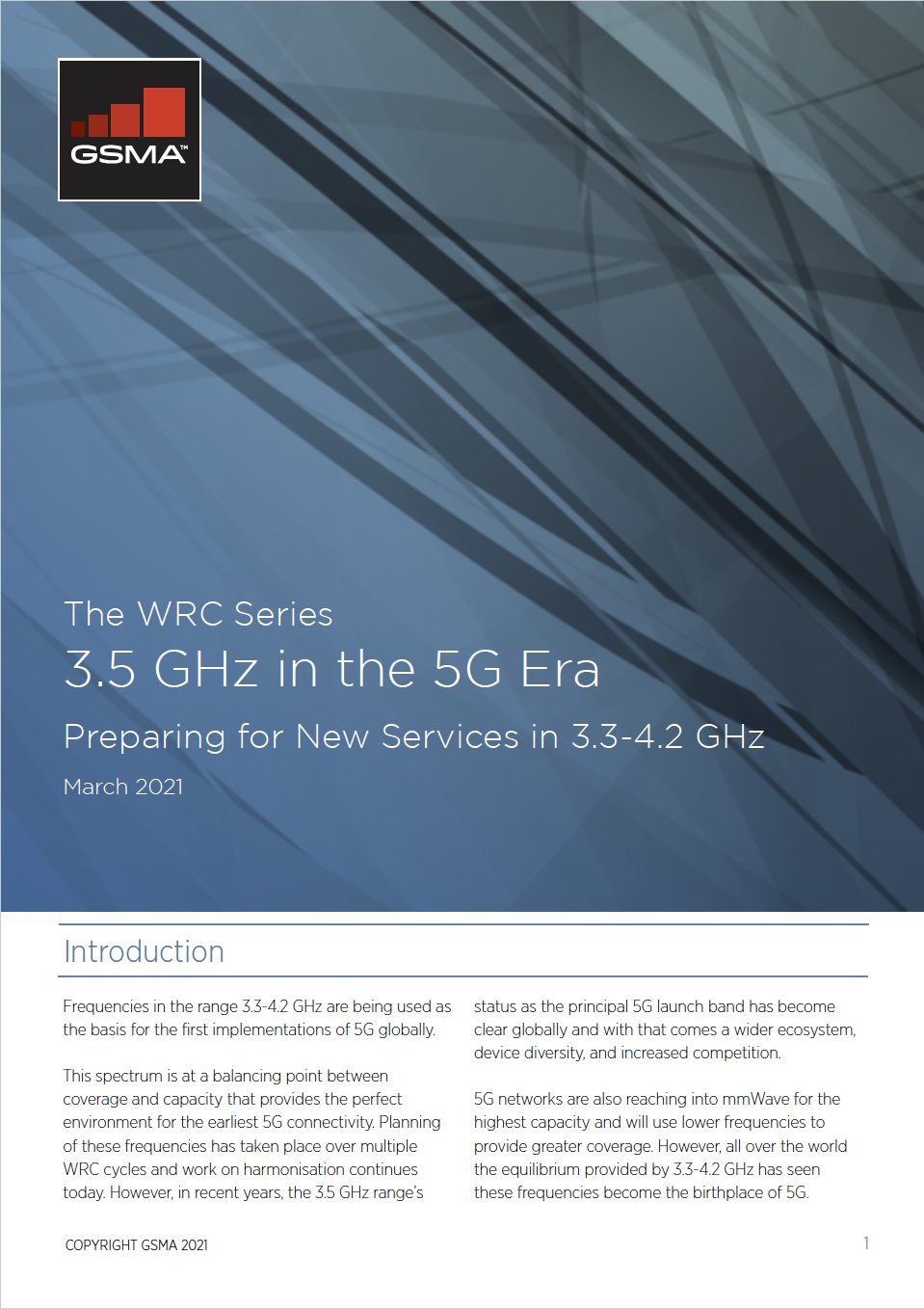
Harmonisation of the 3.5 GHz band
4. Low-band spectrum
Set a deadline for the Commission to put forward proposals for the 470-694 MHz band to reduce barriers to the introduction of mobile post-2030 in interested Member States. Low-band spectrum is the cornerstone of digital equality and a driver of broad and affordable connectivity, reducing the gap between urban and rural areas and delivering affordable connectivity.
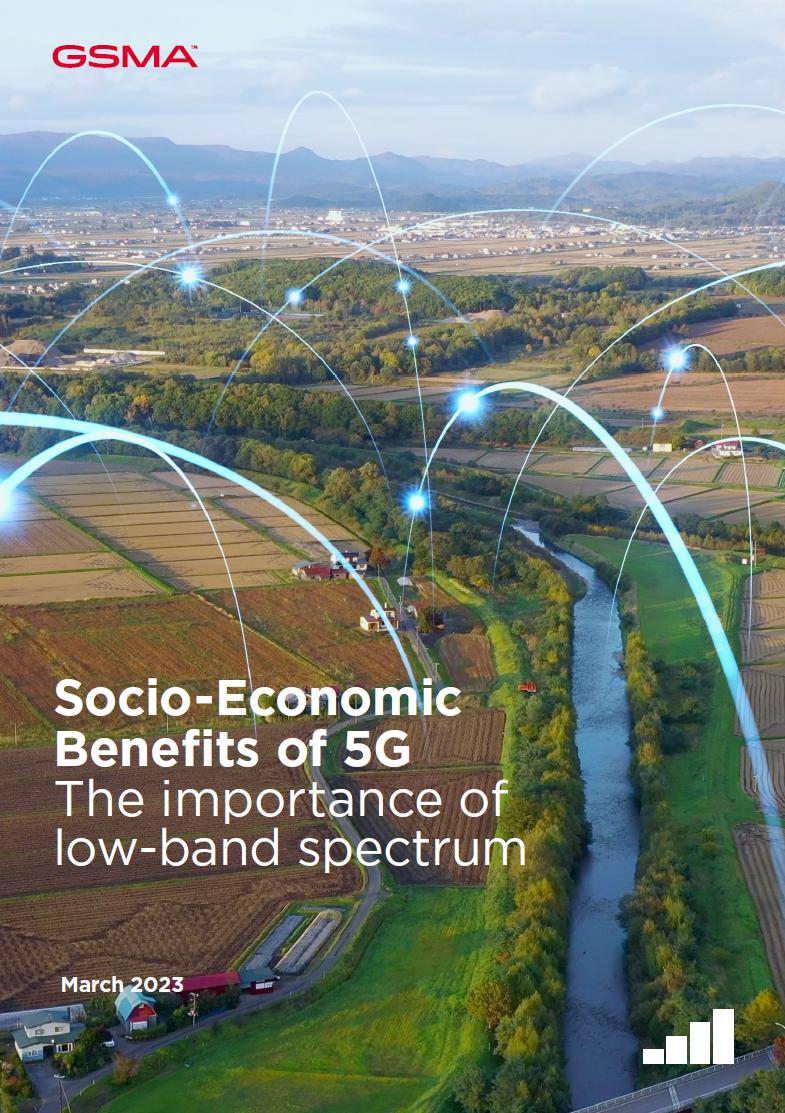
Socio-economic benefits of low bands

Low-band spectrum vision
5. Review of EU spectrum policy
The review of EU spectrum policy is an opportunity to deliver wider adoption of best practices. Rules based on these principles will help achieve a more harmonised approach to licensing, encourage more ambitious investment outcomes across the Union and deliver the far-reaching goals of the Digital Decade for the ultimate benefit of EU citizens and businesses.


